What is Project Scheduling in Project Management
In any project management, time is of the essence. So any intelligent project manager/project management team will set certain deadlines for each task. These tasks may either be small or large. Irrespective of the size it needs a deadline. A deadline ensures that the task gets completed at the right time. In this blog, we will learn about what project scheduling is and how important it is to prepare a project schedule.
What is Project Scheduling?
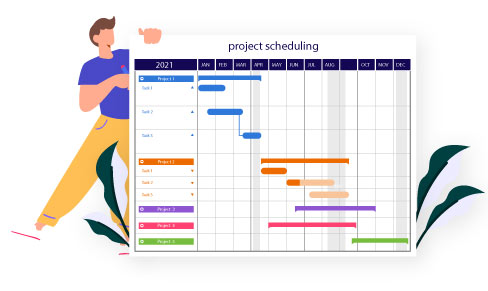
It is simply the scheduling of the entire project. It is a comprehensive outline of the timeline of the project. The timeline starts from the day the project gets initiated and ends when the project gets completed. It also comprises everything between this time in detail. It contains the duration allotted for every task needed to complete the project. The project manager/the project management team makes the project schedule once the project deliverables are clearly identified.
The objective of a project schedule
The main purpose of project scheduling is to help the team remember that the tasks assigned have time constraints. This keeps the team motivated to complete the tasks at the right time. This ensures that the entire project gets delivered on time. An efficient schedule plan is directly proportional to the success of a project.
The goal of a project schedule doesn’t stop there. It also informs the team about what resources will get delivered and at what stage in the timeline they will get delivered.
Components of a Schedule Plan
The schedule plan has the following components to draft a clear project schedule:
- Identified deliverables
- Requirements for project resource
- The time required to complete the tasks
These three make up a complete project schedule. Project scheduling is not complete without getting it approved by the authorities. The planning department must also review the schedule plan so that they can ensure all those tasks get executed as said. Thus an experienced management team/project manager carries out the creation of a project schedule.
One of the most important parts of the project schedule is the Work Breakdown Structure(WBS). This is a document that has all information about which work gets assigned to whom and how it gets done. This is a vital document for the project manager which allows them to coordinate the project at all times.
Steps to Create a Project Schedule
As mentioned earlier, project schedule creation involves a lot of time and effort. For creating an efficient schedule plan, you must adhere to the following steps. We will discuss each of them in detail.
1. Understand the project:
In this step of the schedule plan, you must grasp all the essential details of the project. These details must be able to give you a clear view of the scope of the project. By gaining a clear view of the scope, you are now able to point out the following:
- Expectations
- Proposed outcome
- Resources required
- Cost and time constraints
The WBS does not provide any information regarding the time allotted for each task. So it is necessary for you to clearly discuss the time durations with the stakeholders to estimate the time required for each task. After this step, you must be able to identify all the deliverables of the project.
2. Organise the project
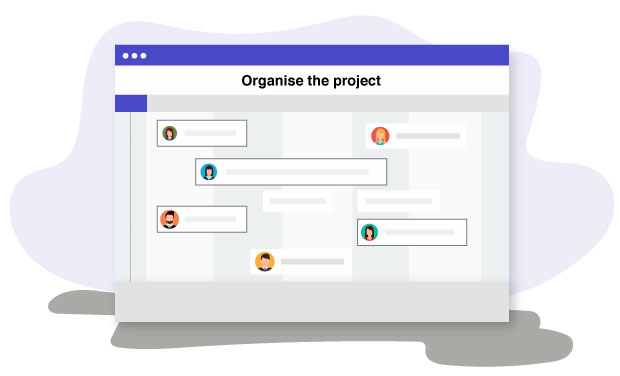
This step requires you to list out all the tasks involved in chronological order. When you identify a project’s process, you will come to know what are all the tasks involved. You must then align these tasks in a specific order. You must do the ordering based on the project’s scope and how dependent one task is to the other. Priority and the time taken is also listed in this step.
3. Track dependencies
This step takes place at the same time the above step does. This step clearly points out the relationship between each task. It also describes why you should do an activity before doing other activities.
The various types of dependencies are as follows:
- Finish-to-start: It is crucial to complete one task before the next one starts.
- Start-to-start: Here, it is just important to start a task before starting another.
- Finish-to-finish: It is vital to complete a task before completing another.
- Start-to-finish: In this type, it is crucial to start the task before ending another.
By using these classifications, a project manager drafts out the schedule plan in such a way that no deliverables are late.
4. Focus on the final result
In this step of project scheduling, the aim is to pack the schedule as tight as possible. That is, there should be no gap in time between the end of a task and the start of the next. This ensures that the team always stays focused on completing the task. The aim here is not to overwork the team but to keep them motivated to complete the task on time. Delaying the activities has shown to adversely affect the mindset of the team. This ends up in build-up of overdue tasks.
5. Set important stages
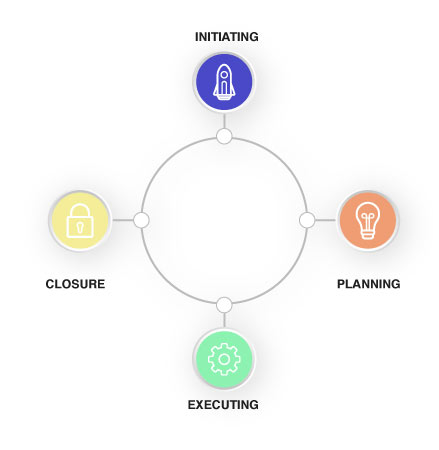
In this step of project scheduling, you must identify significant stages in the project lifecycle. These parts of a project must be pivotal points that mark the end of a set of similar tasks. These important stages let the stakeholders know the progress of the project. If the time mentioned in the project schedule is the same as the time taken to complete the milestone, you can measure the performance of the project schedule. These are not only meant for the stakeholders but also the employees. The employees can also trace where they are in a project’s lifecycle by referring to the schedule.
6. Assigning works
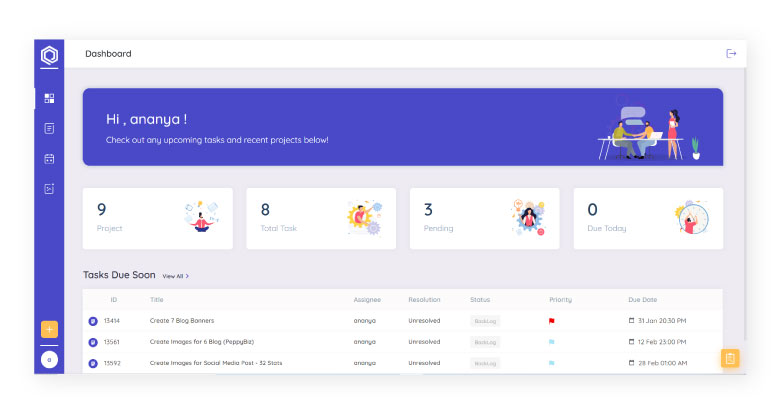
This is one of the vital steps in project scheduling. This is simply the allocation of jobs to their respective employees. This improves accountability within an organisation. This also helps the managers keep the employees on track at all times.
7. Set up a start date and an end date
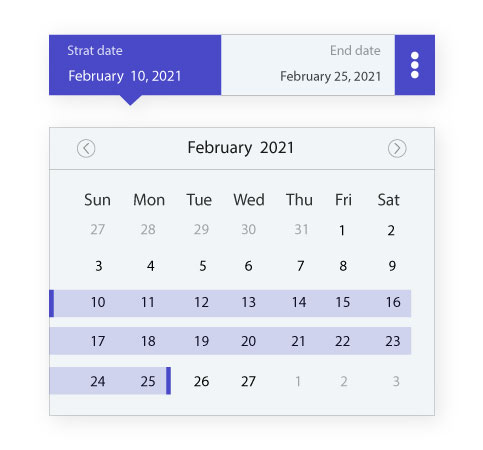
With the use of insights gained, it is now time to calculate the time required for the entire project. Take into account the time needed to complete all the small tasks and other administrative works. The start date is entirely based on the organization’s human resources. The end date may change based on so many unexpected factors. So it is better to always show a later date as the end date.
Following these above steps to create a schedule plan ensures that you do not miss any elements of the project schedule.
Tools Used for Project Scheduling
The following are the commonly used tools that help maintain the project schedule:
1. Task-list:
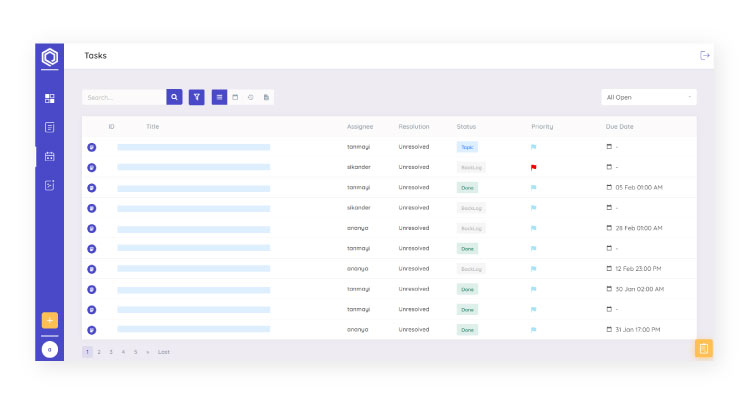
This document lists all the tasks in a specific order. This requires a constant manual update to track the progress of the project.
2. Gantt chart:
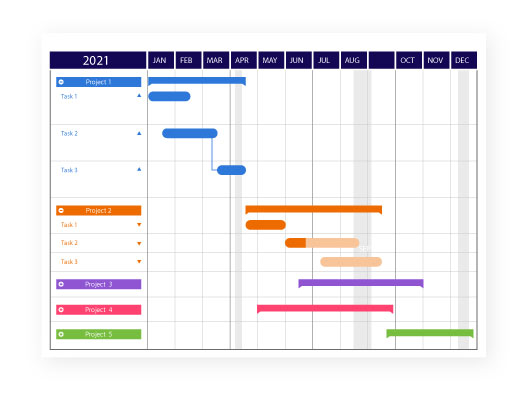
It is a simple bar chart. It shows the activities against time. It is easy to identify overlapping tasks easily using this chart.
3. Calendars:
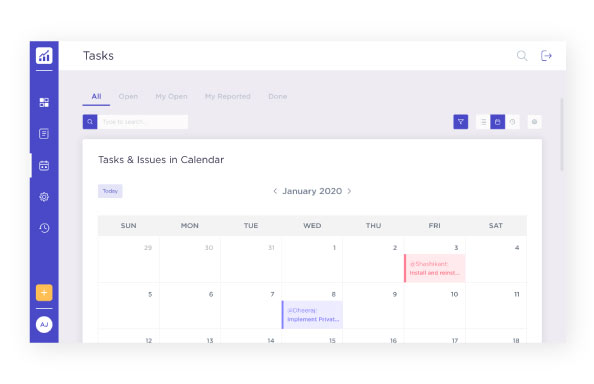
These are not ordinary calendars but are calendars that have all the information related to the project. The calendar must have all deadlines listed for easy access to the employees.
Best Project Management Software
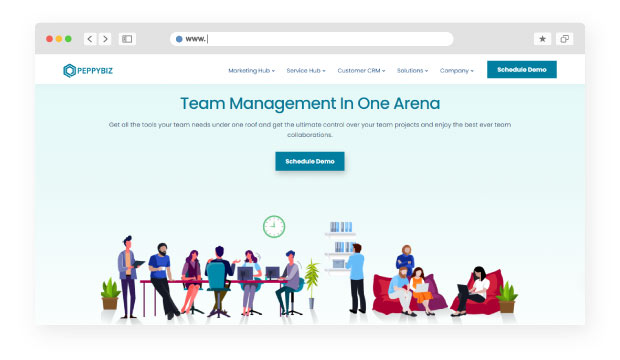
A project management software has the ability to monitor, report and manage all tasks. PeppyBiz provides one such software that helps you with not just project scheduling but much more. The following are the features of our software:
- Discussion board
- Prioritization of tasks
- Kanban boards
- Gantt charts
- Calendar
- Files and documents integration
- Assign custom roles
- Chatbox
- Timesheets
- project reports and analysis
If you look at the above-mentioned features, you can see that the software can handle all the project scheduling activities. And an amazing addition is automation. Yes, this is automation software that can run all kinds of analysis and manage your project by itself. Similarly, a social media scheduler can automate posting, ensuring consistent engagement across platforms.
You can assign deadlines and add task-specific instructions too. This helps a lot with keeping the team informed about the project schedule. Any project scheduling activity can be easily done with the help of our software. On the plus side, the information related to the schedule plan is easily accessible from anywhere. This is a huge advantage since most of the organisations operate remotely due to the pandemic situation. The features are not limited to the ones listed here. So why don’t you check out our website here?
Conclusion
n this article, you have learned about project scheduling in detail. The article also talks about the various steps involved and the tools used to implement a successful schedule plan. After knowing this information, you must also be aware that project scheduling plays a vital role in a project’s success. This is a method purely developed to ensure that you use your time wisely. PeppyBiz is one of the leading organizations that provide software solutions that suit your business needs. Schedule a free demo today to find out if our solutions match your goals!



